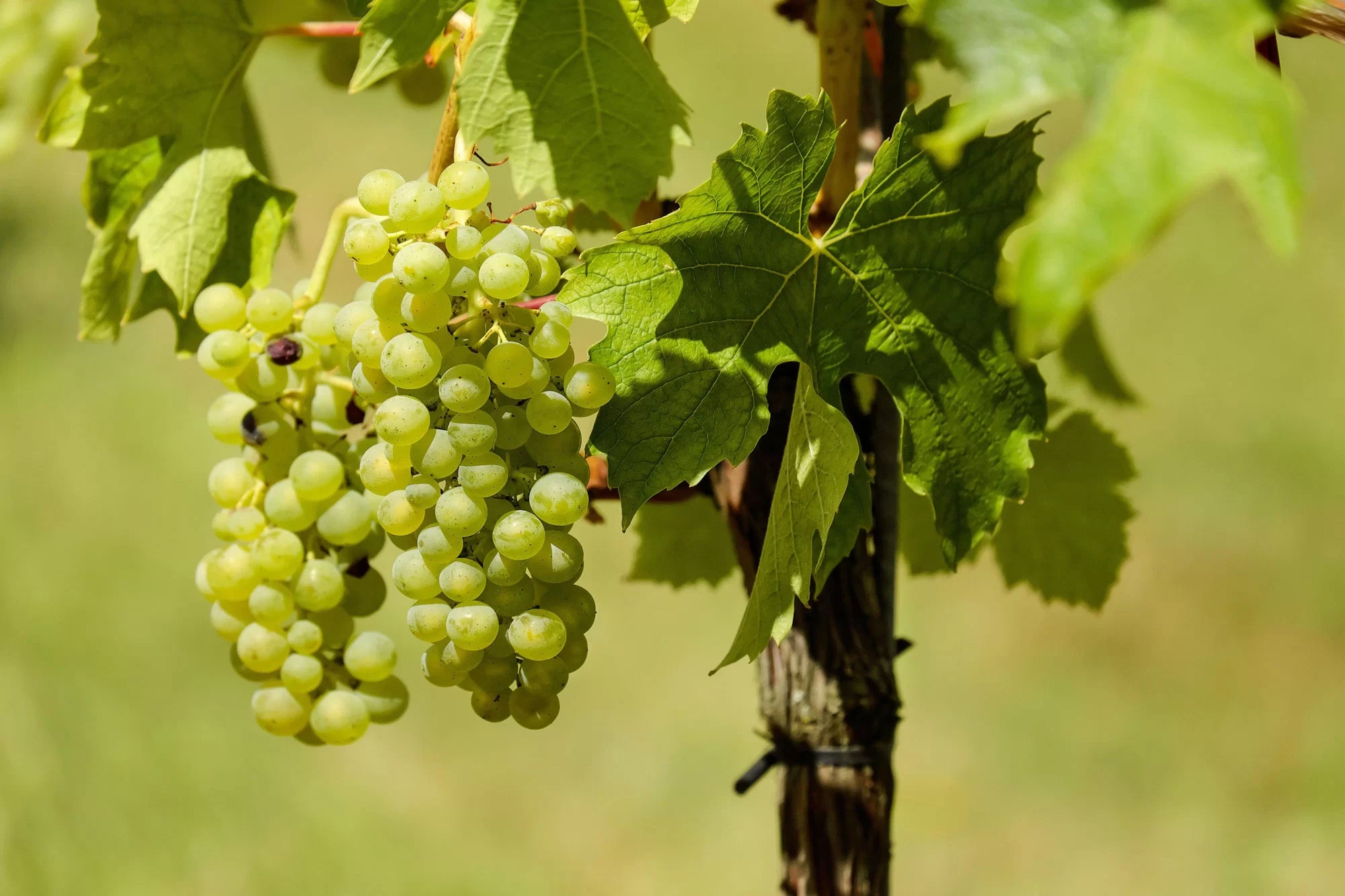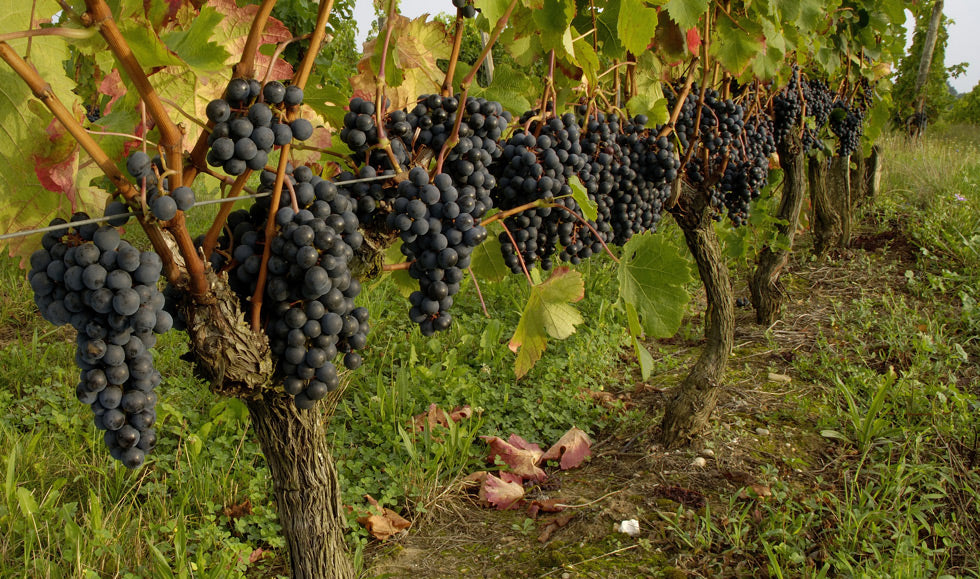Your basket is empty
Already have an account? Log in to check out faster.
Already have an account? Log in to check out faster.
The leading estate in the Pécharmant appellation, Château de Tiregand celebrates several centuries of history. During the French religious wars of the 16th century, the Huguenot captains Jaure and La Palanque, while on the Tiregand property, divided out precious treasures captures from their Roman Catholic opponents. The estate passed through many hands over the ensuing years, including Jean de Belrieu, Bergerac’s town bailiff; the d’Augeards family, parliamentarians; Jean-Charles d’Augeard de Virazeil, President of the High Court at Bordeaux; and, in the 19th century, Count César-Alexandre de La Panouse. Over the course of the 20th century, Château de Tiregand was owned and run by the Saint-Exupéry family, direct descendants of the Count de La Panouse, and distant relatives of Antoine de Saint-Exupéry, World War II pilot and author of The Little Prince.
The Tiregand wines have long been recognized for their outstanding quality. In 1903, the revered Féret guide deemed Tiregand’s wines the greatest in the Dordogne. Nevertheless, at that time, the estate was planted exclusively to white varieties, with vine material from Sauternes’s Château d’Yquem, the most famous sweet wine estate in the world. A devastating frost in 1956 destroyed all but 4 hectares, at which time François de Saint-Exupéry introduced red varieties to the property, giving rise to Tiregand’s beloved Pécharmant wines.
In 2022, Christophe Piat, owner of Château Couronneau in Bordeaux, acquired Château de Tiregand. Longtime practitioners of sustainability, the Piat family, with sons Côme and Grégoire, immediately underwent converting the estate to organic farming, while also following a number of biodynamic principles.




Regarded as a land of 1,000 castles, the bucolic Bergerac and the surrounding Périgord is a region rich in historic prominence and gastronomic delights. Celebrated for its black truffles, the name is widely associated with the town’s most notable resident, Cyrano de Bergerac. A statue to the 17th century writer, later immortalized in the 1897 play by Edmond Rostand, stands at the town center. And while Cyrano may be Bergerac’s most famous export, the region’s tradition of winegrowing first brought the region recognition in the Middle Ages.
The history of Bergerac and its wines is inextricably linked to that of its more famous neighbor just downstream the Dordogne River: Bordeaux. For much of its early winegrowing history, Bergerac produced the more lauded wines. Until the 17th century, Bordeaux’s Left Bank was marshy swampland while the famous “black wines” of the Dordogne to the east, in Bergerac, were riper, coming from more consistent inland terroirs. Nevertheless, the Bordelais enjoyed several political assets, especially in the form of its famous port, through which Bergerac wines would be unfavorably taxed upon export. Bergerac was also a Huguenot stronghold, and when in 1685 Louis XIV revoked the Edict of Nantes, which had formerly granted religious liberties to French Protestants, Bergerac and its wine industry grew further disadvantaged.
While the shadow of Bordeaux still looms large over Bergerac today, the region has persevered, and its wines continue to count among France’s best kept secrets. The greatest examples readily compete with Bordeaux in quality, and commonly surpass in value. The umbrella Bergerac appellation covers the wider region and yields wines in a range of styles. Dry white wines are typically classic Sauvignon Blanc and Sémillon blends, sometimes with the addition of Muscadelle to provide some floral lift. Red wines are generally centered upon Merlot, mirroring the wines of Saint-Émilion grown just a stone’s throw away. Rich and velvety, these Merlot blends are typically balanced by the floral, spicy Cabernet Franc and the more firmly structured Cabernet Sauvignon.
Bergerac is further subdivided into a series of smaller appellations, such as Montravel, Haut-Montravel, Saussignac, and Rosette—each featuring their own distinctions and specialties. Bergerac’s most famous red wines come from Pécharmant, the appellation that surrounds the charming medieval town of Bergerac itself. The region’s name translates to “charming hill” in Occitan, an apt description for the rolling landscape that arises from the Dordogne’s northern banks and its gravelly, sandy soils. Pécharmant’s wines are always blends, and they generally exceed the typical red Bergerac wine in quality. On the opposite side of the river, the Monbazillac region produces sought-after dessert wines, affected by noble rot. Crafted from Sémillon, Sauvignon Blanc, and Muscadelle, they demonstrate outstanding concentration and length, and they show great similarity to the wines of Sauternes.
